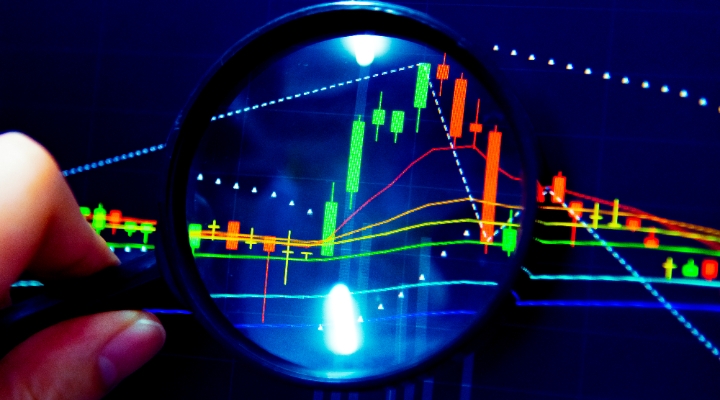
After a sharp selloff in July and August, stocks seen as benefiting from the artificial intelligence boom are again leading the market to new highs.
"The US stock market sold off in early August following a weak payrolls report, which prompted market fears of a potential recession," says Morningstar chief US market strategist David Sekera. "The market quickly recovered, as those stocks that led the market down then led it back up."
Since its most recent low on Aug. 5, the Morningstar US Market Index is up 13.19%, with nearly half of those gains coming from the technology sector, according to Morningstar Direct. The sector contributed 5.09 percentage points to the overall gain; the next-largest contributor, financial services, added 2.13 points. Financials have rallied on solid earnings from the country's biggest banks.
The largest individual contributor to the rally is AI giant Nvidia NVDA, up 35.12% since Aug. 5 and added 1.72 percentage points to the US Market Index's gain. The next five leading contributors are all also AI-related: Apple AAPL (0.67 percentage points), Amazon.com AMZN (0.50 points), Meta Platforms META, Microsoft MSFT, and Broadcom AVGO.
This recovery contrasts with the trend for much of the third quarter, wherein investors rotated out of the big-company tech stocks that led the bull market into spaces that had been out of favor—mainly value stocks and smaller company names.
Does the AI Trade Have More Room to Run?
The Morningstar Global Next Generation Artificial Intelligence Index, which provides exposure to leading-edge AI products, is up 30.94% this year, while the overall US market is up 22.92%. It hasn't been a smooth ride, however. In April, the index sold off 6.60% over a week, bringing the market down 3.06%. In July, AI stocks dropped 5.23% in four days, dragging the market down 2.13%.
But since August, AI stocks have regained momentum, bringing both the AI Index and the overall market to new highs. This pushed the AI Index into overvalued territory; the average stock trades at a 7% premium to its fair value estimate on a market-capitalization-weighted basis. This raises questions about how much more room these stocks have to grow.
Sekera explains: "Last quarter, we highlighted that those large-cap growth stocks most correlated with artificial intelligence had risen to the point that they were generally overvalued and overextended, and we asked the rhetorical question 'Is the AI trade over?'" He notes that a "rotation out of overvalued and overextended large-cap growth stocks" has already begun. "We continue to see undervalued opportunities in the small-cap space and value category." The Morningstar US Small Value Index trades at a 9% discount to its fair value estimate on a market-cap-weighted basis.
A Deja Vu Tech Rally?
The stock market's latest leg higher looks familiar compared with the gains posted from October 2022—when the most recent bear market bottomed out—through July 2024. Technology stocks led the way during that period as well, contributing 26.69 percentage points to the overall 57.29% cumulative gain on the market. In other words, tech stocks were responsible for 46.6% of the market's gain during the previous rally. In the most recent rally, tech contributed 38.9% of the total gain.
Financial services stocks were also the second-largest contributor back then, adding 6.34 percentage points, or 11.1% of the overall gain. In the most recent rally, 16.1% of the overall gain came from financials. Communication services, consumer cyclicals, and industrials round out the top five contributing sectors in both rallies. Additionally, in each rally, real estate and basic materials were two of the bottom three contributing sectors.
The author or authors do not own shares in any securities mentioned in this article. Find out about Morningstar's editorial policies.



























